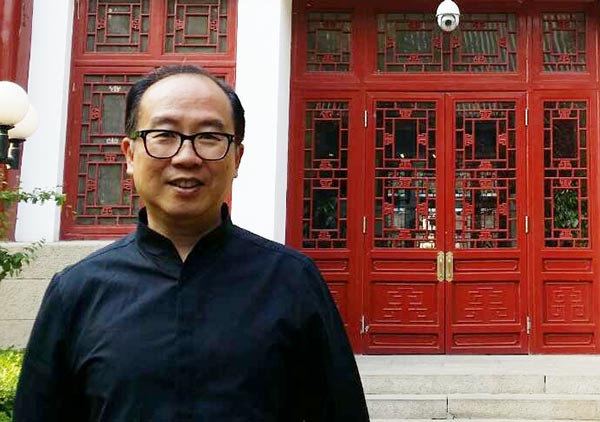 |
|
Mak Po-tai, a collector of antiques for more than two decades. [Photo/China Daily] |
"They were particular about where to find good tea, how to rub them into small pieces for cooking, and what poems to compose when appreciating the tea," he cities as examples.
Explaining why he collects used items but not ones that were created as pure decorations, Mak says only when holding a cup that was used by ancient Chinese, can one feel the reality of people's lives and their spiritual world back then.
Mak buys mainly from antique dealers in Europe and Japan.
He travels to Japan five to six times a year looking for things to buy.
There, he has found not only systematic collections of Chinese antiques assembled since the Meiji restoration, but also discovered age-old antique making techniques that were introduced there from China but are now almost extinct.
Among the items he has acquired from Japan, and which are on display, are a black lacquer tea cup and stand of the Southern Song Dynasty.
Artisans produced a very thin wood body and painted on it black lacquer delicately drawn patterns by which they presented the same glitter and sophistication as that of porcelain ware.
Mak says this article shows how people's high standards at the time pushed forward the craftsmanship.
"Antiques are life. And collecting and sharing them bring more happiness than impetuous consumption," he says.
Chen Nian, a visitor to the exhibition, says that while recent years have seen a rush to collect large, pricey Qing porcelain, Mak's collection draws people's attention back to the true value of an antique "which lies not in how much it costs but its underlying grace".
If you go
Graces of Song Wares
9 am-4:30 pm, through March 20. Arthur M. Sackler Museum of Art and Archaeology, Peking University, 5 Yiheyuan Road, Haidian district, Beijing. 010-6275-9784.